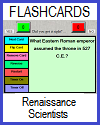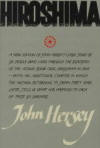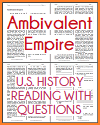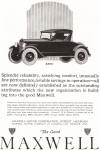The Canal and the Americas |
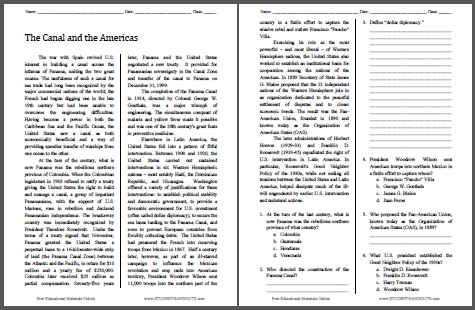 The war with Spain revived U.S. interest in building a canal across the isthmus of Panama, uniting the two great oceans. The usefulness of such a canal for sea trade had long been recognized by the major commercial nations of the world; the French had begun digging one in the late 19th century but had been unable to overcome the engineering difficulties. Having become a power in both the Caribbean Sea and the Pacific Ocean, the United States saw a canal as both economically beneficial and a way of providing speedier transfer of warships from one ocean to the other.
The war with Spain revived U.S. interest in building a canal across the isthmus of Panama, uniting the two great oceans. The usefulness of such a canal for sea trade had long been recognized by the major commercial nations of the world; the French had begun digging one in the late 19th century but had been unable to overcome the engineering difficulties. Having become a power in both the Caribbean Sea and the Pacific Ocean, the United States saw a canal as both economically beneficial and a way of providing speedier transfer of warships from one ocean to the other.At the turn of the century, what is now Panama was the rebellious northern province of Colombia. When the Colombian legislature in 1903 refused to ratify a treaty giving the United States the right to build and manage a canal, a group of impatient Panamanians, with the support of U.S. Marines, rose in rebellion and declared Panamanian independence. The breakaway country was immediately recognized by President Theodore Roosevelt. Under the terms of a treaty signed that November, Panama granted the United States a perpetual lease to a 16-kilometer-wide strip of land (the Panama Canal Zone) between the Atlantic and the Pacific, in return for $10 million and a yearly fee of $250,000. Colombia later received $25 million as partial compensation. Seventy-five years later, Panama and the United States negotiated a new treaty. It provided for Panamanian sovereignty in the Canal Zone and transfer of the canal to Panama on December 31, 1999. The completion of the Panama Canal in 1914, directed by Colonel George W. Goethals, was a major triumph of engineering. The simultaneous conquest of malaria and yellow fever made it possible and was one of the 20th century's great feats in preventive medicine. Elsewhere in Latin America, the United States fell into a pattern of fitful intervention. Between 1900 and 1920, the United States carried out sustained interventions in six Western Hemispheric nations – most notably Haiti, the Dominican Republic, and Nicaragua. Washington offered a variety of justifications for these interventions: to establish political stability and democratic government, to provide a favorable environment for U.S. investment (often called dollar diplomacy), to secure the sea lanes leading to the Panama Canal, and even to prevent European countries from forcibly collecting debts. The United States had pressured the French into removing troops from Mexico in 1867. Half a century later, however, as part of an ill-starred campaign to influence the Mexican revolution and stop raids into American territory, President Woodrow Wilson sent 11,000 troops into the northern part of the country in a futile effort to capture the elusive rebel and outlaw Francisco "Pancho" Villa. Exercising its role as the most powerful – and most liberal – of Western Hemisphere nations, the United States also worked to establish an institutional basis for cooperation among the nations of the Americas. In 1889 Secretary of State James G. Blaine proposed that the 21 independent nations of the Western Hemisphere join in an organization dedicated to the peaceful settlement of disputes and to closer economic bonds. The result was the Pan-American Union, founded in 1890 and known today as the Organization of American States (OAS). The later administrations of Herbert Hoover (1929-33) and Franklin D. Roosevelt (1933-45) repudiated the right of U.S. intervention in Latin America. In particular, Roosevelt's Good Neighbor Policy of the 1930s, while not ending all tensions between the United States and Latin America, helped dissipate much of the ill-will engendered by earlier U.S. intervention and unilateral actions. |
Click here to print. Answer Key: (1) A - Colombia; (2) Colonel George W. Goethals; (3) American military intervention to provide a favorable environment for U.S. investment; (4) A - Francisco "Pancho" Villa; (5) Secretary of State James G. Blaine; (6) B - Franklin D. Roosevelt. |
 |
|---|
Text courtesy of the U.S. State Department, Bureau of International Information Programs, 2005 |



